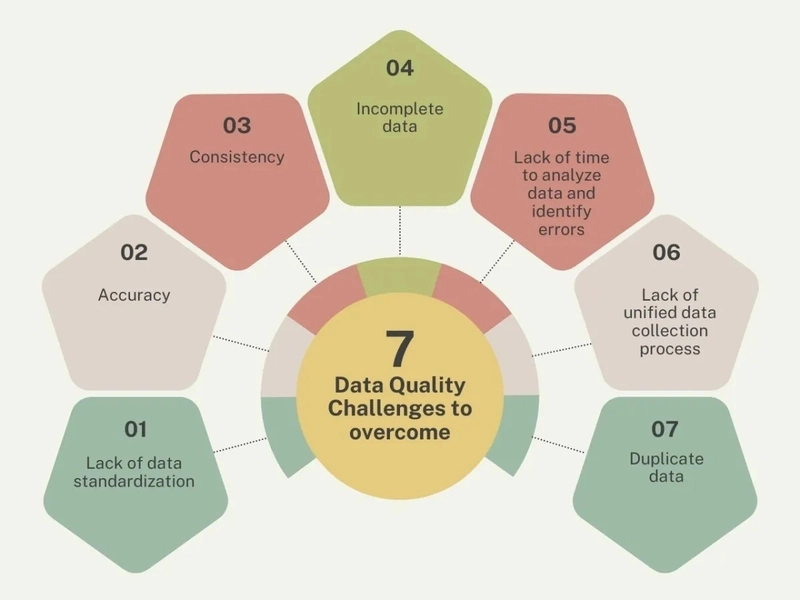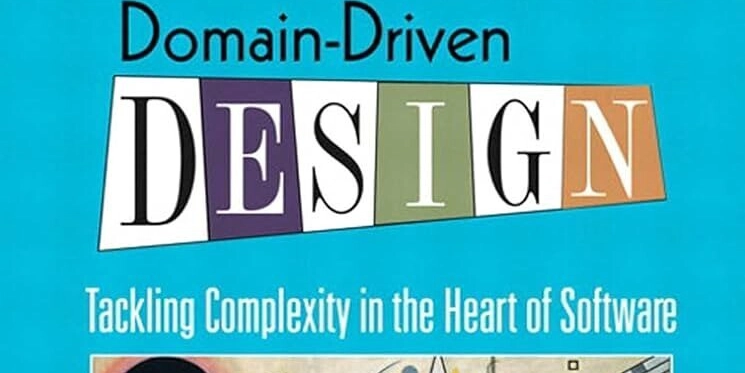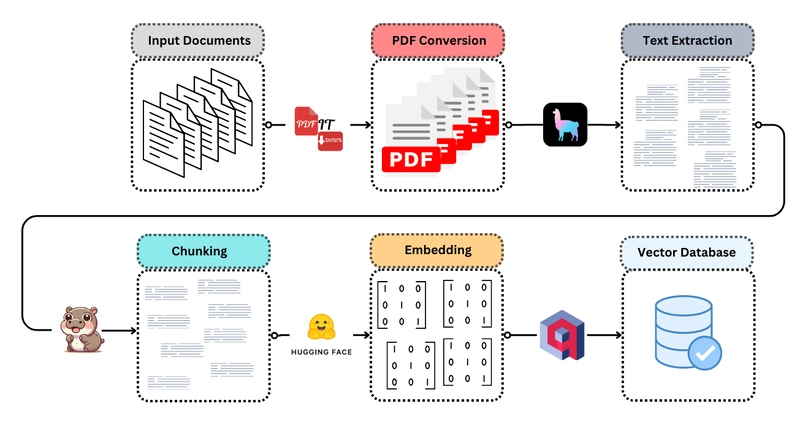Why and How We Built BrainyBuyer: Creating a Smarter Shopping Experience
When we set out to build BrainyBuyer, we weren’t just creating another product review site. We envisioned a platform that would empower shoppers to make better, faster, more informed buying decisions—without sifting through endless pages of marketing fluff and biased reviews. The goal was simple: deliver real value by giving users clear, data-driven product comparisons they could trust. The Motivation: Helping Shoppers Cut Through the Noise Today’s consumers are overwhelmed with options. Every online search yields hundreds of similar products, each claiming to be the best. We realized that most shoppers don’t have the time or patience to read through reviews, tech specs, and price charts across dozens of tabs. What they needed was a single, unbiased source of truth where they could see products side-by-side, compare what matters, and make decisions with confidence. That insight became the foundation of BrainyBuyer: a platform built for the shopper, not the seller. The Tech Behind BrainyBuyer To bring this idea to life, we knew we needed a powerful, flexible tech stack that could handle large datasets, deliver a seamless user experience, and scale efficiently. We chose: Backend: Django REST Framework — for building a robust API to serve product data Database: PostgreSQL — for structured, relational data that could handle product attributes across categories Frontend: React + Material UI — to deliver a fast, clean, responsive user interface Hosting: AWS EC2 and S3 for backend and static file storage This stack allowed us to build quickly, manage complex data relationships, and provide a smooth user experience across devices. Building a Scalable Comparison Engine One of the biggest technical challenges was creating a system flexible enough to handle different product categories, each with their own unique features. We designed a modular schema where each category defines its own set of attributes, and the product comparison tables are generated dynamically based on those attributes. This approach allowed us to launch with a small set of categories and gradually expand without needing to rewrite core functionality. We also built tools to import product data from multiple sources, normalize it, and update it regularly. Keeping product information accurate and up to date was key to maintaining trust with our users. A great example of BrainyBuyer in action is our portable charcoal grill comparison tool, where users can easily compare size, weight, cooking surface, price, and ratings side-by-side for different grills. Whether you’re a camper, tailgater, or backyard chef, this tool helps you quickly find the perfect grill for your needs. You can check it out here. The Challenges Building BrainyBuyer wasn’t without hurdles. Standardizing data across different product categories required building custom scripts to clean and validate incoming data. Managing data freshness for prices and availability led us to set up scheduled data imports and monitoring tools to catch missing or outdated entries. User trust was also a core challenge. We made a conscious decision to keep affiliate links separate from product rankings, so users know our recommendations are based on data, not payouts. Maintaining that integrity required backend logic that strictly separates monetization layers from ranking algorithms. Delivering Value Every Step of the Way At the heart of BrainyBuyer is a relentless focus on user value. Every design decision, from the layout of comparison tables to the filtering system, was guided by the question: How can we save the user time? How can we reduce their cognitive load? By combining thoughtful design, structured data, and transparency, we’ve created a platform that helps shoppers go from overwhelmed to confident in minutes. We’re proud of what we’ve built so far, but this is just the beginning. As we expand into more categories and refine our product data, BrainyBuyer will continue evolving to serve the next generation of empowered, data-driven consumers. If you’re a founder building a product that truly serves users, my advice is this: prioritize trust, solve a real pain point, and stay focused on delivering meaningful value every step of the way.

When we set out to build BrainyBuyer, we weren’t just creating another product review site. We envisioned a platform that would empower shoppers to make better, faster, more informed buying decisions—without sifting through endless pages of marketing fluff and biased reviews. The goal was simple: deliver real value by giving users clear, data-driven product comparisons they could trust.
The Motivation: Helping Shoppers Cut Through the Noise
Today’s consumers are overwhelmed with options. Every online search yields hundreds of similar products, each claiming to be the best. We realized that most shoppers don’t have the time or patience to read through reviews, tech specs, and price charts across dozens of tabs. What they needed was a single, unbiased source of truth where they could see products side-by-side, compare what matters, and make decisions with confidence.
That insight became the foundation of BrainyBuyer: a platform built for the shopper, not the seller.
The Tech Behind BrainyBuyer
To bring this idea to life, we knew we needed a powerful, flexible tech stack that could handle large datasets, deliver a seamless user experience, and scale efficiently. We chose:
Backend: Django REST Framework — for building a robust API to serve product data
Database: PostgreSQL — for structured, relational data that could handle product attributes across categories
Frontend: React + Material UI — to deliver a fast, clean, responsive user interface
Hosting: AWS EC2 and S3 for backend and static file storage
This stack allowed us to build quickly, manage complex data relationships, and provide a smooth user experience across devices.
Building a Scalable Comparison Engine
One of the biggest technical challenges was creating a system flexible enough to handle different product categories, each with their own unique features. We designed a modular schema where each category defines its own set of attributes, and the product comparison tables are generated dynamically based on those attributes.
This approach allowed us to launch with a small set of categories and gradually expand without needing to rewrite core functionality.
We also built tools to import product data from multiple sources, normalize it, and update it regularly. Keeping product information accurate and up to date was key to maintaining trust with our users.
A great example of BrainyBuyer in action is our portable charcoal grill comparison tool, where users can easily compare size, weight, cooking surface, price, and ratings side-by-side for different grills. Whether you’re a camper, tailgater, or backyard chef, this tool helps you quickly find the perfect grill for your needs. You can check it out here.
The Challenges
Building BrainyBuyer wasn’t without hurdles. Standardizing data across different product categories required building custom scripts to clean and validate incoming data. Managing data freshness for prices and availability led us to set up scheduled data imports and monitoring tools to catch missing or outdated entries.
User trust was also a core challenge. We made a conscious decision to keep affiliate links separate from product rankings, so users know our recommendations are based on data, not payouts. Maintaining that integrity required backend logic that strictly separates monetization layers from ranking algorithms.
Delivering Value Every Step of the Way
At the heart of BrainyBuyer is a relentless focus on user value. Every design decision, from the layout of comparison tables to the filtering system, was guided by the question: How can we save the user time? How can we reduce their cognitive load?
By combining thoughtful design, structured data, and transparency, we’ve created a platform that helps shoppers go from overwhelmed to confident in minutes.
We’re proud of what we’ve built so far, but this is just the beginning. As we expand into more categories and refine our product data, BrainyBuyer will continue evolving to serve the next generation of empowered, data-driven consumers.
If you’re a founder building a product that truly serves users, my advice is this: prioritize trust, solve a real pain point, and stay focused on delivering meaningful value every step of the way.





































































































































































![[The AI Show Episode 145]: OpenAI Releases o3 and o4-mini, AI Is Causing “Quiet Layoffs,” Executive Order on Youth AI Education & GPT-4o’s Controversial Update](https://www.marketingaiinstitute.com/hubfs/ep%20145%20cover.png)




























































































































![[DEALS] Microsoft 365: 1-Year Subscription (Family/Up to 6 Users) (23% off) & Other Deals Up To 98% Off – Offers End Soon!](https://www.javacodegeeks.com/wp-content/uploads/2012/12/jcg-logo.jpg)




![From Art School Drop-out to Microsoft Engineer with Shashi Lo [Podcast #170]](https://cdn.hashnode.com/res/hashnode/image/upload/v1746203291209/439bf16b-c820-4fe8-b69e-94d80533b2df.png?#)




















![Re-designing a Git/development workflow with best practices [closed]](https://i.postimg.cc/tRvBYcrt/branching-example.jpg)




















































































(1).jpg?#)






























_Inge_Johnsson-Alamy.jpg?width=1280&auto=webp&quality=80&disable=upscale#)
































































































![What Google Messages features are rolling out [May 2025]](https://i0.wp.com/9to5google.com/wp-content/uploads/sites/4/2023/12/google-messages-name-cover.png?resize=1200%2C628&quality=82&strip=all&ssl=1)














![New Apple iPad mini 7 On Sale for $399! [Lowest Price Ever]](https://www.iclarified.com/images/news/96096/96096/96096-640.jpg)
![Apple to Split iPhone Launches Across Fall and Spring in Major Shakeup [Report]](https://www.iclarified.com/images/news/97211/97211/97211-640.jpg)
![Apple to Move Camera to Top Left, Hide Face ID Under Display in iPhone 18 Pro Redesign [Report]](https://www.iclarified.com/images/news/97212/97212/97212-640.jpg)
![Apple Developing Battery Case for iPhone 17 Air Amid Battery Life Concerns [Report]](https://www.iclarified.com/images/news/97208/97208/97208-640.jpg)





































































































